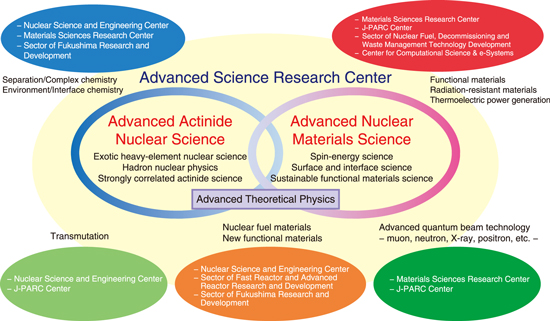
Fig.3-1 Organization of the Advanced Science Research Center (ASRC) and its role in nuclear science
The Advanced Science Research Center (ASRC) strengthens basic research to discover novel principles and phenomena, create new materials, and generate innovative technologies. The objective is to realize the New Era of Nuclear Science, i.e., the future vision of the JAEA called “JAEA 2050 +“. In this context, we establish our role as a COE in the field of nuclear science by promoting cooperation between different fields and attracting excellent research personnel.
We have started a new midterm program by organizing seven research groups categorized in the fields of ①Advanced Actinide Nuclear Science, ②Advanced Nuclear Materials Science, and ③Advanced Theoretical Physics, as shown in Fig.3-1. Research results achieved in FY2021, which led to the new ASRC organization, will be highlighted below.
In the research on Heavy-element nuclear science, the volatility of a compound of dubnium (Db, atomic number 105) was investigated. It is found that the orbit of the outermost electron changes greatly because of relativistic effects as evidenced by a large deviation of Db from the trend of the elements in the same group in the periodic table (Topic 3-1). The hadron nuclear physics group measured the energy of the K mesons attached in the 3He and 4He nuclei at the J-PARC facility to determine the nuclear force between the K meson and nucleus (Topic 3-2). In future investigation, we expect to predict the internal structure of a neutron star, which is considered to be the largest nucleus in nature, more precisely. In strongly correlated actinide science, the electronic structure of UTe2 material was investigated by the NMR method (Topic 3-3). A slow fluctuation was found in the case of the electric system. The results give an insight into “topological superconductivity”, which can be applied for next-generation quantum computing.
In spintronics research, we discovered a new principle to change the magnetization direction of an electron via topology-based manipulation (Topic 3-4). Compared to the traditional method, this approach can remarkably reduce the electric power consumption by a factor of 1/10,000 when used for magnetic memories. In the field of surface and interface science, a new technology was developed to visualize the time-dependent changes between ortho- and para-hydrogen molecules on the surface of palladium crystal (Topic 3-5). The results are important for a key technology to preserve and transport liquid hydrogen to promote the use of clean fuel. The surface science group investigated the effects of acid concentration on the adsorption of uranium, which is the major material component of spent fuel from nuclear reactors, on soil (Topic 3-6). This study contributes to the exploration of the geological disposal of radioactive waste material.
The theoretical physics group investigated the behavior of trapped cold atoms, which is a quantum many-body system with large controllability (Topic 3-7). The results will act as a seed to realize quantum circuits with cold atoms, called atomtronics.